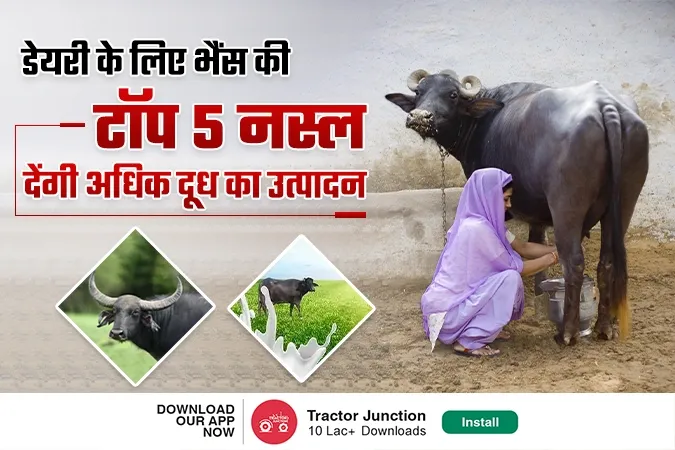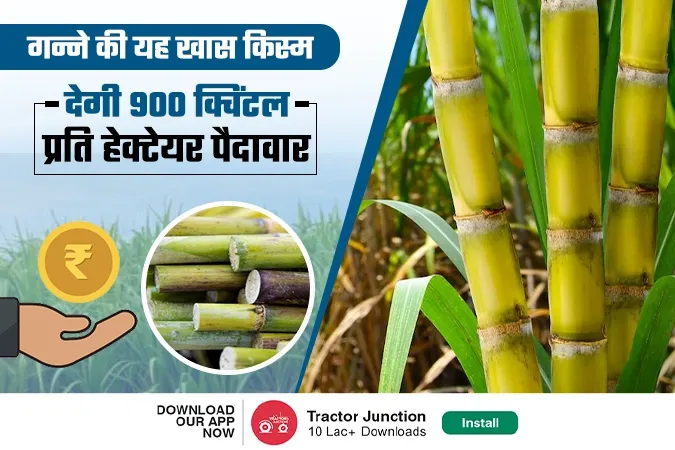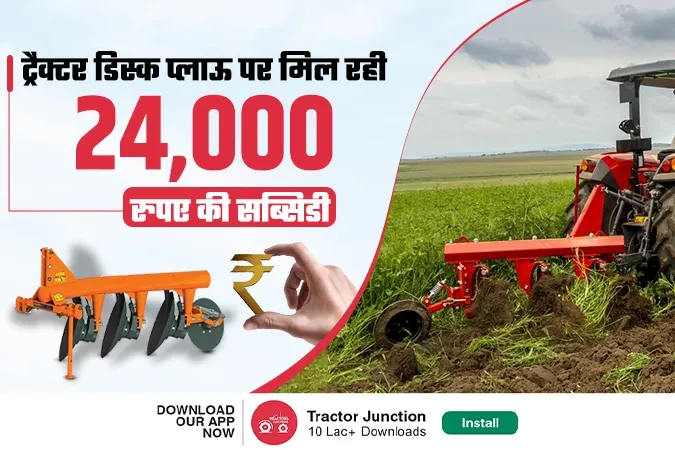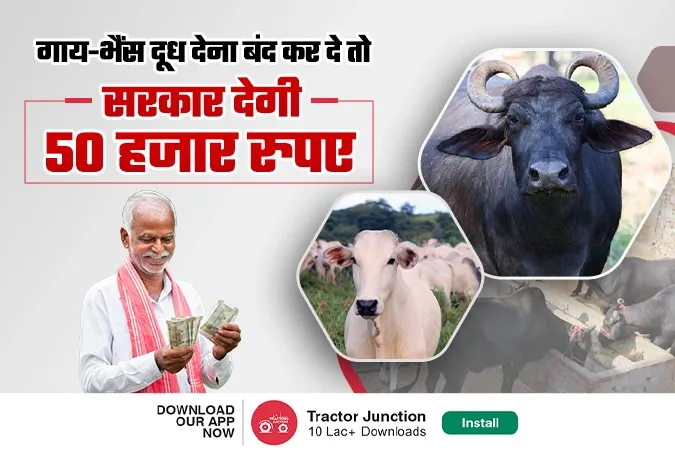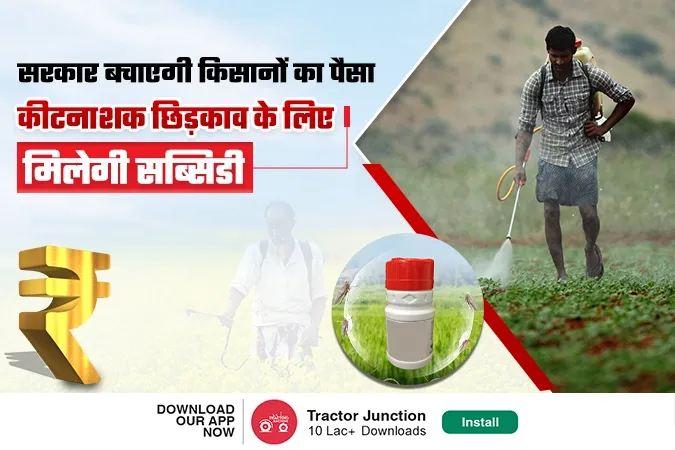Fodder Inflation at 9-year High During Late Rains - Impacting Crops & Milk Prices
Published - 04 Oct 2022
by Tractor Junction

Rabina, a marginal farmer and cattle rancher from a village in Udhanwas in Rajasthan's Alwar district, was collecting millet straw on 24th Sep 2022 (Saturday). It was raining heavily; she was soaked entirely. The gauge station, 13 km away at Tapukara, recorded the highest rainfall of this season at 91 mm.
34 years old Rabina expressed her grief on seeing wet millet lying and said, “Nuksan Ghana Ho Gaya (there is too much damage).” She owns two buffalos which are a source of livelihood for her family of seven. Rubina is worried about feeding her buffaloes. The Bajra crop from which she was hoping to get at least four quintals of straw was terribly damaged in the heavy rains.
Rabina said, “We are feeding Bajra husk to our cattle as wheat straw priced at Rs 700-800/40 kilos is quite expensive for marginal farmers. The prices of wheat straw, which is the main dry fodder for cattle and buffaloes in the Alwar district, have risen sharply. Rising fodder prices are burdening rural households.
The WPI-based fodder inflation was evaluated at 25.54% in August 2022, which is the highest in the last 9 years. It has been increasing for the past 4 months even though overall WPI inflation is moderate.
The dairy industry stated that dry fodder or wheat straw is being sold at Rs 15-16 per kg in Rajasthan and Uttar Pradesh, which is quite higher than last year’s prices. A shortage of 12-15% of green fodder and 25-26% of dry fodder was accounted for in the country. The reason for the said shortage is that paddy and wheat straws were not fully converted into good quality fodder. Also, in many parts of the country, farmers burn stubble, which leads to a shortage of fodder.
The district officials of Alwar and Nuh have cited the increase in fodder prices and their adverse impact on small and marginal farmers. Dr Narendra Kumar, Deputy Director, Animal Husbandry, Nuh, stated that as per 20th Livestock Census, there were around 33,000 cattle and 1.75 lakh buffaloes in the district. Almost more than 90% of the Alwar families in the district depend on animal husbandry and farming to sustain a living.
The increase in the prices of fodder is directly impacting the prices of milk. In August this year, the GCMMF (Gujarat Cooperative Milk Marketing Federation) decided to increase Amul milk's prices in lieu of increasing fodder prices. Due to heavy rains, the cost of fodder has increased by 20% since last year.
The central government was not aware of the fodder crisis. Union Agriculture Minister Narendra Singh Tomar acknowledged the need to make fodder available. During the World Dairy Summit in Greater Noida on September 14, Tomar said, “there is a need to seriously consider how adequate fodder can be made available in the times to come.
Tractor Junction also Offer a Monthly Subscription of Tractor Sales (Wholesale, Retail, Statewise, Districtwise, HPwise) Report. Please Contact us for the detailed report.
Subscribe our Telegram Channel for Industry Updates- https://t.me/TJUNC
Follow us for Latest Tractor Industry Updates-
LinkedIn - https://bit.ly/TJLinkedIN
FaceBook - https://bit.ly/TJFacebok











